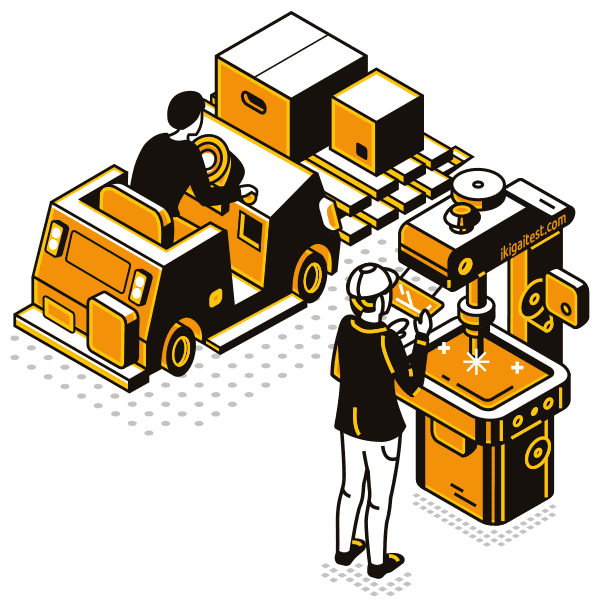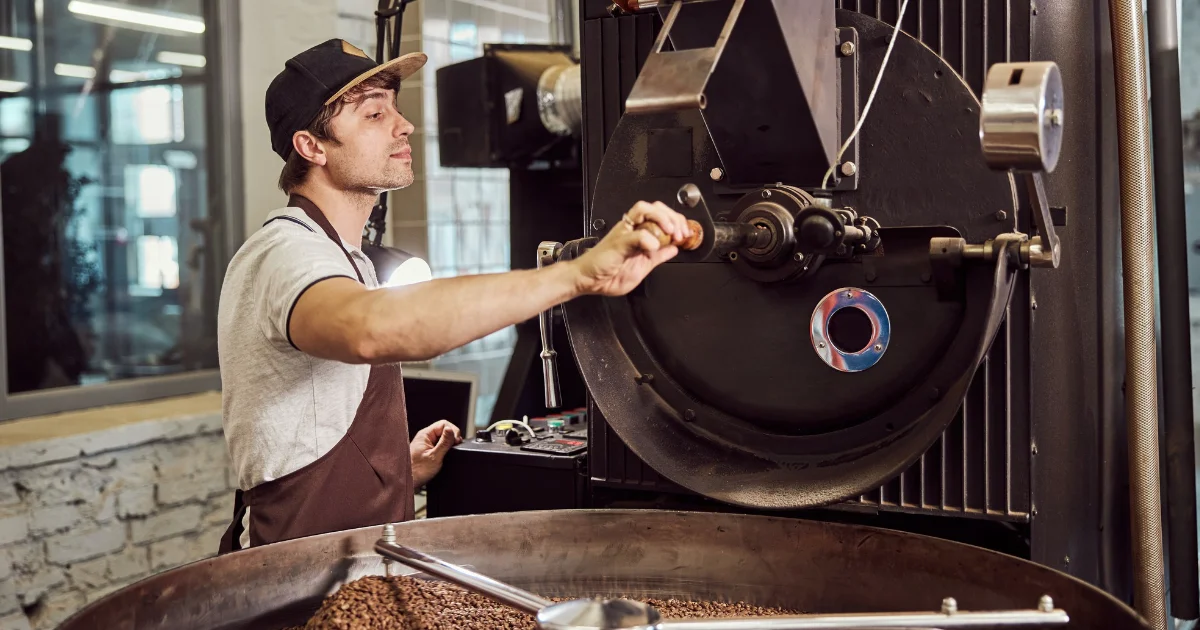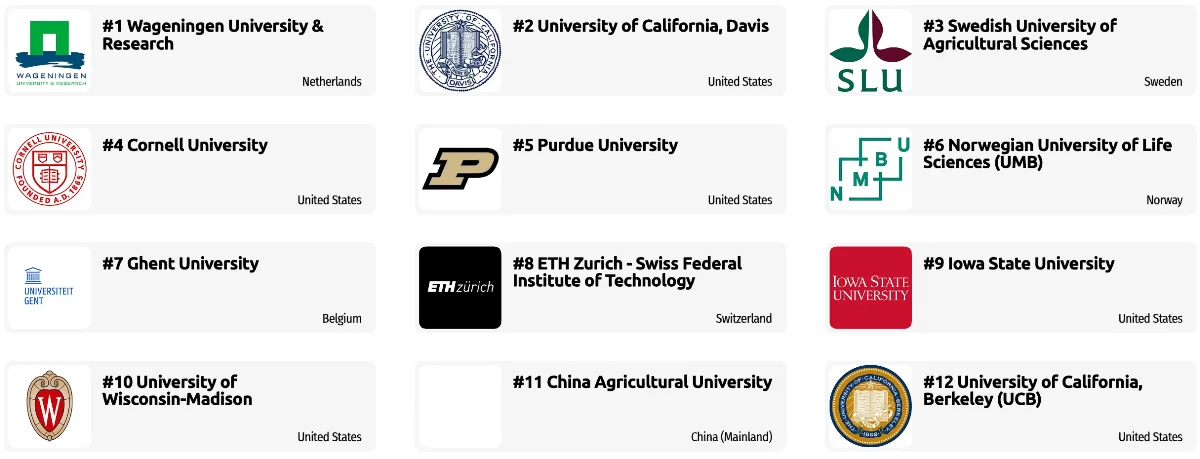Operator

Operators are expected to be good at:
- Using either control mechanisms or direct physical activity to operate manufacturing systems.
- Working with hand operated industrial machines and power tools.
- Adjusting knobs, levers, and physical or touch sensitive buttons in industrial devices.
- Running, maneuvering, navigating, or driving vehicles or mechanized equipment, such as forklifts, passenger vehicles, aircraft, or watercraft.
Administrator

Any administrator should excel at:
- Providing information to supervisors, co-workers, and subordinates, as well as communicating with people outside the organization, representing the organization to customers, the public, government, and other external sources. This information can be exchanged in person, in writing, or by telephone or e-mail.
- Maintaining information files and processing paperwork.
- Recruiting, interviewing, selecting, hiring, and promoting employees in an organization, and getting them to work together to accomplish tasks by encouraging and building mutual trust, respect, and cooperation.
Other work activities related to Food and tobacco roasting, baking, and drying machine operators and tenders
- Observing, touching, tasting, or otherwise examining products during and after processing for ensuring conformance to standards.
- Observing temperature, humidity, pressure gauges, and product samples and adjusting controls, such as thermostats and valves, for maintaining prescribed operating conditions for specific stages.
- Operating or tending equipment that roasts, bakes, dries, or cures food items such as cocoa and coffee beans, grains, nuts, and bakery products.
- Setting temperature and time controls, light ovens, burners, driers, or roasters, and starting equipment, such as conveyors, cylinders, blowers, driers, or pumps.
- Observing flow of materials and listening for machine malfunctions, such as jamming or spillage, and notifying supervisors if corrective actions fail.
- Recording production data, such as weight and amount of product processed, types of product, and time and temperature of processing.
- Weighing or measuring products, using scaling hoppers or scaling conveyors.







